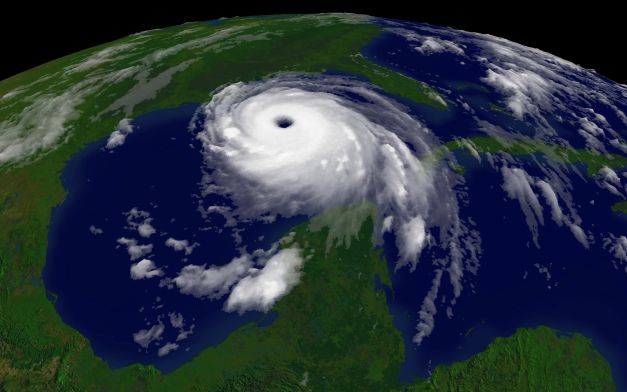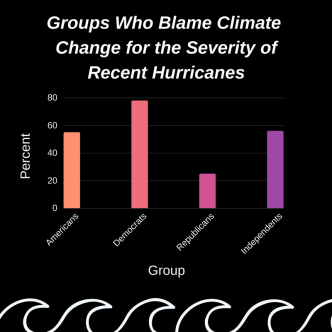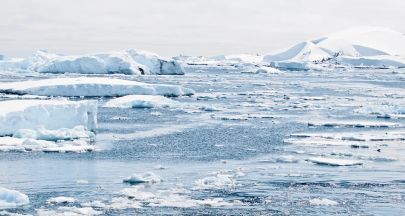
The percentage of Americans who see the connection between the effects of climate change and the severity and frequency of hurricanes has increased dramatically from the time of Hurricane Katrina in 2005.
A Pew survey that was conducted in 2005 after Hurricane Katrina found only 25 percent of Americans found a connection between climate change and Hurricane Katrina.
By September 2017, a survey conducted for ABC/Washington Post showed that 55 percent of Americans believe climate change is responsible for the severity of recent hurricanes.

However, there is a partisan divide. 78 percent of Democrats blame climate change for the severity of recent hurricanes, along with 56 percent of Independents, while only 25 percent of Republicans think climate change is the cause.
According to CNN, storms flourish over warm water and their force gets stronger. Oceans have warmed on average 1 to 3 degrees Fahrenheit over the previous century. Sea levels have also increased during this time. There are no modifications in Earth’s environment that would be the cause of Hurricanes Irma or Harvey. But researchers think the effect of climate change— warmer oceans and sea levels rising— could be why storms have been more damaging recently.
Dr. Emily Basile, an assistant biology professor at Cabrini, believes that climate change is influencing recent weather events such as hurricanes.
“Warm ocean waters are the fuel for hurricanes. As global temperatures increase, so will the ocean temperatures, providing an ingredient for these intense storms,” Basile said.
Alexander Reustle, a professional who works with climate scientists, discussed via email his thoughts on climate change. He does not believe that one weather event is proof of climate change, but the fact that extreme weather events are happening more frequently all over the world does strongly suggest that the climate is changing.
“Hurricanes, droughts, monsoons etc. all have a random component that gives a range of their severity. What we measure now shows that we’re getting more really bad ones than we used to: the range is shifting and more severe events are more likely.”
Reustle believes that to narrow down to Harvey, Irma and Maria specifically, the primary causes are natural Hurricane-producing atmospheric conditions. But these conditions are made more severe by the unusually warm water temperatures in the Atlantic Ocean and the Gulf of Mexico.
As CNN recently reported, global ocean temperatures have been rising over the past 25 years. Reustle believes that climate change is a global issue, so local temperatures should be considered in context with the rest of the world.
The best evidence for climate change comes from looking at average global temperatures, rather than local ones, that are highly variable. Climate change models suggest we will continue to see cold snaps locally, but fewer over time with more heat waves.
Another topic that Reustle discussed is the curious question of why Arctic ocean ice is decreasing while Antarctica’s ice is not.
He commented that the north and south poles are very different environments. Most Antarctic ice is on land, while Arctic ice is floating on water. Arctic sea ice is being lost at 3 times the rate Antarctic sea ice is being gained, and sea ice amounts globally continue to shrink.
There are many possible explanations for Antarctic sea ice growth and, to Reustle’s knowledge, there is no consensus on the best explanation why.

One possible explanation is that as the ice thins out from the center of Antarctica one it cools the surrounding water and makes re-freezing more likely at sea. While the trend has been for sea ice growth in the Antarctic, there were record low sea ice levels in February 2017.
Reustle said that is a shocking event, but it is too early to tell if this trend will continue. Likewise, he said that the effects of global warming— droughts, heat waves and more powerful storms— could have on our food supply is terrifying.
Existing farmland could dry up. Vulnerable countries could go to war over new arable land. Some of those nations have growing populations and nuclear weapons. As poorer nations are unable to feed their people, global refugee numbers could rise.
At our current pace, the earth could expect to reach four degrees Celsius warming by the end of this century. Reustle says if we do something drastic right now, we can limit this increase to two degrees Celsius.


